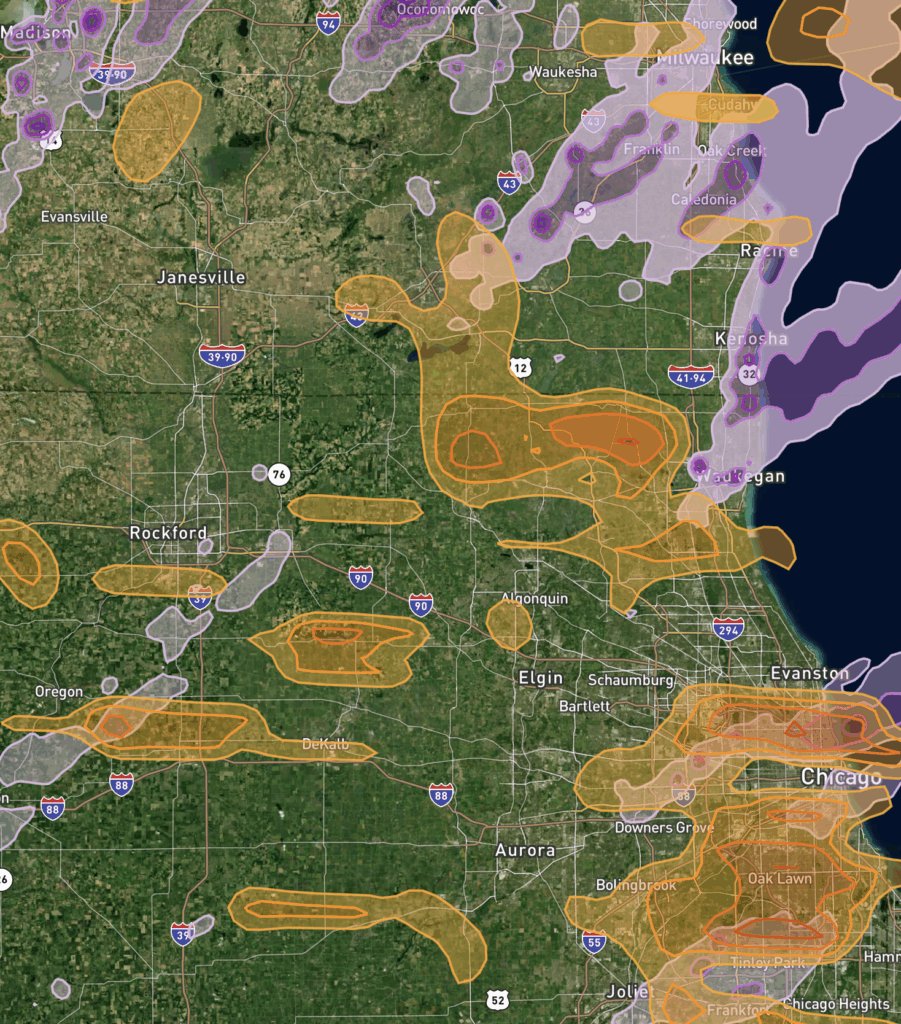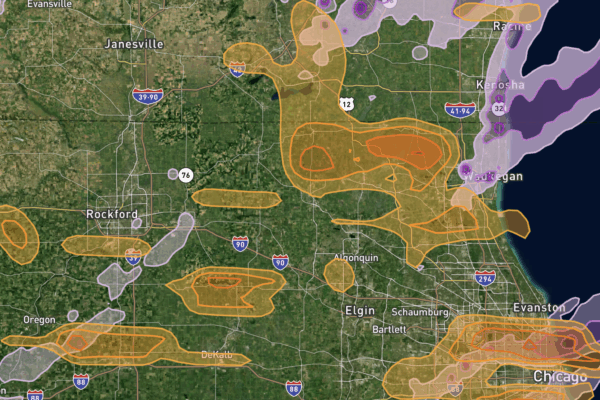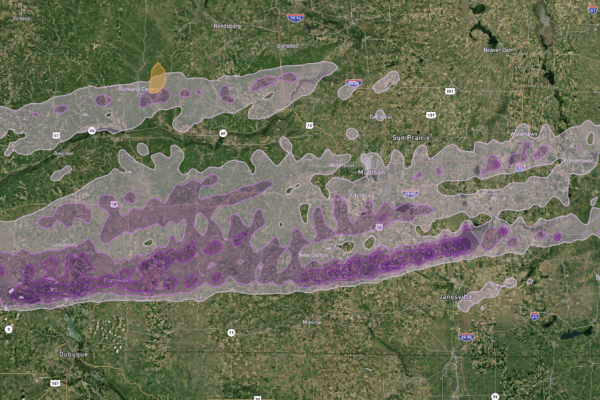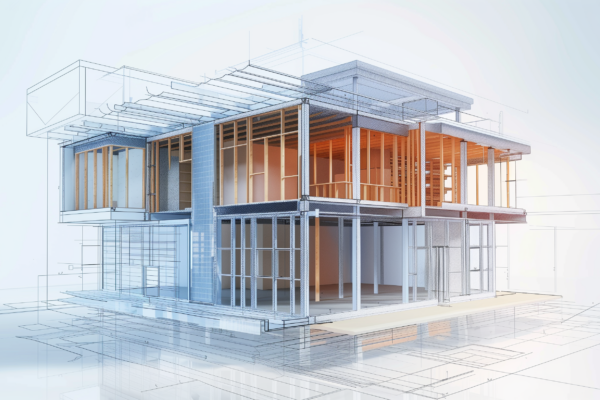
Midwest Mayhem: Hail, Wind & Tornadoes Batter Over 2 Million Homes — Emergency Restoration Available Now
Storm Damage Restoration Experts | Serving IL, WI, IN Overnight and into the early morning…

Storm Damage Restoration Experts | Serving IL, WI, IN Overnight and into the early morning hours of May 15, 2025, a severe weather outbreak swept through the Midwest, leaving a massive trail of destruction.The storm system impacted over 3 million homes across Illinois, Wisconsin, Michigan, and Minnesota, unleashing: At Allied Emergency Services, we are already…

In the wake of a powerful storm system that swept through the Midwest, thousands of homes were impacted by large hail and damaging winds. At Allied Emergency Services, we’re actively responding to calls across Wisconsin, Michigan, and Illinois to help homeowners secure their properties and begin the restoration process. Date of Event: Most reports occurred…

The Importance of Insulating Mechanical and Hot Water Piping Proper insulation of mechanical system piping and service hot water systems is crucial for energy efficiency, reducing operating costs, and ensuring compliance with building codes. Piping insulation minimizes heat loss or gain during the transport of fluids, while proper system design and controls improve both energy…

Ensuring Code Compliance for Insulated Structural Headers Structural headers in load-bearing exterior walls serve a vital role in supporting the structure above window and door openings. However, they can also be significant sources of heat loss if not properly insulated and sealed. Without insulation, structural headers act as thermal bridges, allowing heat to escape and…

Ensuring Code-Compliant Insulated Wall Intersections Proper insulation of interior/exterior wall intersections is a critical component of energy-efficient building design. Ensuring these intersections are insulated to the same R-value as the rest of the exterior wall helps prevent thermal bridging, which can compromise the building’s thermal envelope. Builders, remodelers, and code officials must ensure that wall…